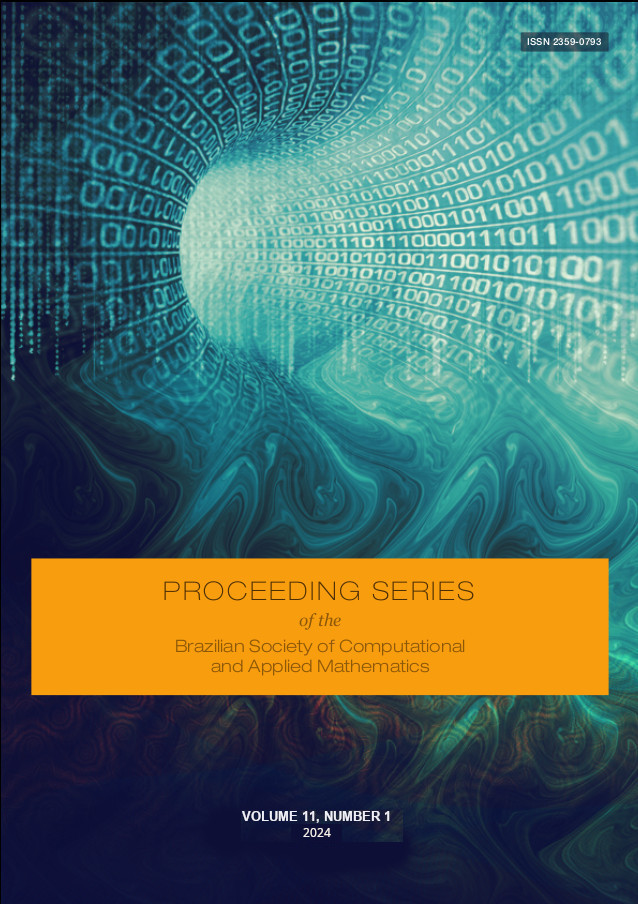Infrared and Visible Image Fusion Using the Top Hat Transform
Keywords:
Infrared images, Visible images, Image fusion, Top Hat transform, Mathematical morphologyAbstract
Infrared (IR) images help us detect hidden targets in the environment based on the radiation they emit. They work well in daytime, nighttime conditions or in weather environments such as rain or fog. However, visible images (VIS) provide us with textural details of scenes that are better appreciated by the human eye. Therefore, extracting useful image features and preserving details effectively is a crucial part of image fusion. Mathematical morphology is composed of techniques used in image processing and analysis. The Top Hat transform and its variants is a widely used mathematical morphology operation for extracting bright and dark features from images. It has also been used for Visible-NIR image fusion. This work presents a visual and numerical analysis of performing visible and infrared image fusion using the Top Hat transform. In general, the fusion algorithm using Top Hat is competitive, because it provides better results in contrast, brightness and texture than other algorithms with which the comparison was performed.
Downloads
References
M. Herrera-Arellano, H. Peregrina-Barreto, and I. Terol-Villalobos. “Visible-NIR Image Fusion Based on Top-Hat Transform”. In: IEEE Transactions on Image Processing 30 (2021), pp. 4962–4972. issn: 1941-0042. doi: 10.1109/tip.2021.3077310.
J. Ma, C. Chen, C. Li, and J. Huang. “Infrared and visible image fusion via gradient transfer and total variation minimization”. In: Information Fusion 31 (Sept. 2016), pp. 100–109. issn: 1566-2535. doi: 10.1016/j.inffus.2016.02.001.
J. C. M. Román, J. L. V. Noguera, and H. Legal-Ayala. “A Multiscale Morphological Method for Visible and Infrared Images Fusion”. In: 2020 XLVI Latin American Computing Conference (CLEI). IEEE, Oct. 2020, pp. 488–495. doi: 10.1109/clei52000.2020.00063.
Yu Zhang, Lijia Zhang, Xiangzhi Bai, and Li Zhang. “Infrared and visual image fusion through infrared feature extraction and visual information preservation”. In: Infrared Physics and Technology 83 (June 2017), pp. 227–237. issn: 1350-4495. doi: 10.1016/j.infrared.2017.05.007.

